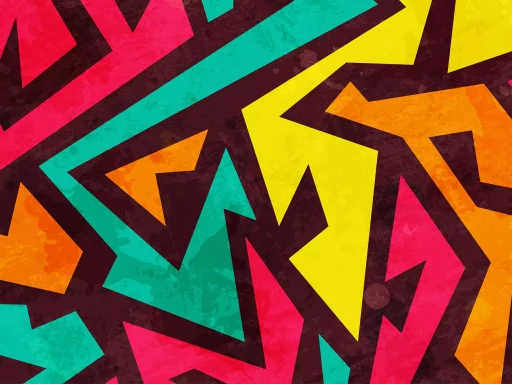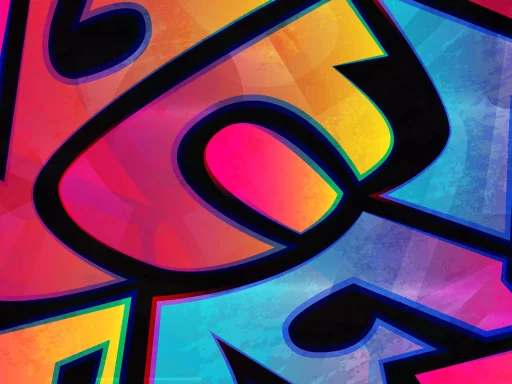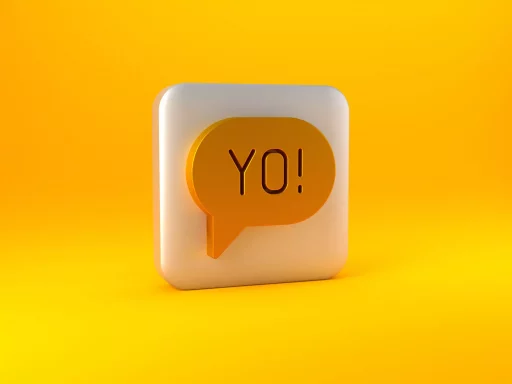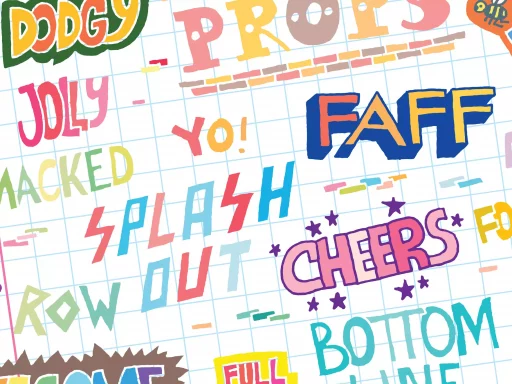Introduction
In the age of social media and rapid communication, slang evolves at an unprecedented pace. One such term that has gained popularity, especially among young people, is “skrrt.” Often associated with car culture, music, and urban youth, this expression carries a part of cultural significance that reflects a dynamic way of speech.
What Does ‘Skrrt’ Mean?
Originally, “skrrt” is an onomatopoeic word imitating the sound of tires screeching on asphalt, typically used when a car accelerates quickly. However, its application in slang has broadened. Nowadays, “skrrt” represents a sense of excitement, urgency, or a getaway. It can be seen as a way to convey a fast-paced lifestyle, much like the act of quickly driving away in a car.
The Evolution of ‘Skrrt’
Like many slang terms, “skrrt” has roots in specific cultures before becoming mainstream. Emerging from hip-hop and rap music, the term was popularized by various artists, particularly by those in the trap genre.
- Hip-Hop Influence: Artists such as Lil Uzi Vert, Travis Scott, and Migos have utilized the term in their lyrics, contributing to its growing popularity.
- Social Media Usage: With platforms like Twitter and Instagram, users adopted “skrrt” in captions or comments, further embedding it into youth vernacular.
Examples of ‘Skrrt’ in Popular Culture
The usage of “skrrt” can frequently be seen in modern music. Below are examples of how it’s used by popular artists:
- Migos – “Bad and Boujee”: The term is referenced in a way that embodies luxury and speed.
- Travis Scott – “Sicko Mode”: The term emphasizes a sense of urgency and excitement.
Additionally, “skrrt” is often used in memes or videos depicting swift movements or dramatic exits, signifying a humorous or exaggerated sense of escape.
Case Studies: ‘Skrrt’ in Everyday Language
Beyond music, the adoption of the term “skrrt” can also be observed in various contexts:
- Texting: For instance, a conversation among friends might include:
- Social Media: A user might caption a photo of themselves leaving a venue with “skrrt! Can’t stay too long!”
- Everyday Conversations: In casual settings, individuals may say, “Let’s skrrt out of here!” when wanting to leave a place quickly.
Friend 1: “Are you coming to the party?”
Friend 2: “Yeah, skrrt! I’ll be there in 5!”
Statistics on Slang Usage
The growing popularity of slang terms like “skrrt” reflects broader trends in language among youth. A survey conducted by the Pew Research Center found that:
- Approximately 68% of teens use slang in their everyday communication.
- 45% of those same teens indicated that they continually adapt their language to include new terms.
Such statistics suggest a vibrant and changing landscape of language where terms like “skrrt” can swiftly gain traction and evolve in meaning.
The Impact of ‘Skrrt’ on Language
The integration of “skrrt” into vernacular has implications for how language evolves. The increasing use of onomatopoeias in slang denotes a trend towards more expressive and imaginative language. As younger generations embrace these terms, they distort traditional communication by incorporating sound, emotion, and context into concise expressions.
Conclusion
The term “skrrt” serves as an excellent example of how language and culture intersect, particularly through the lens of music and social media. As it continues to evolve, it emphasizes the importance of understanding context when interpreting slang. Whether used in a casual conversation or as part of a lyric, “skrrt” captures the essence of speed, excitement, and connection among youth.
Final Thoughts
Understanding slang like “skrrt” not only enriches our comprehension of contemporary language, but it also allows us to engage more effectively with an ever-evolving culture. As new generations enter the linguistic arena, we anticipate the emergence of further slang terms that will shape how we communicate.






